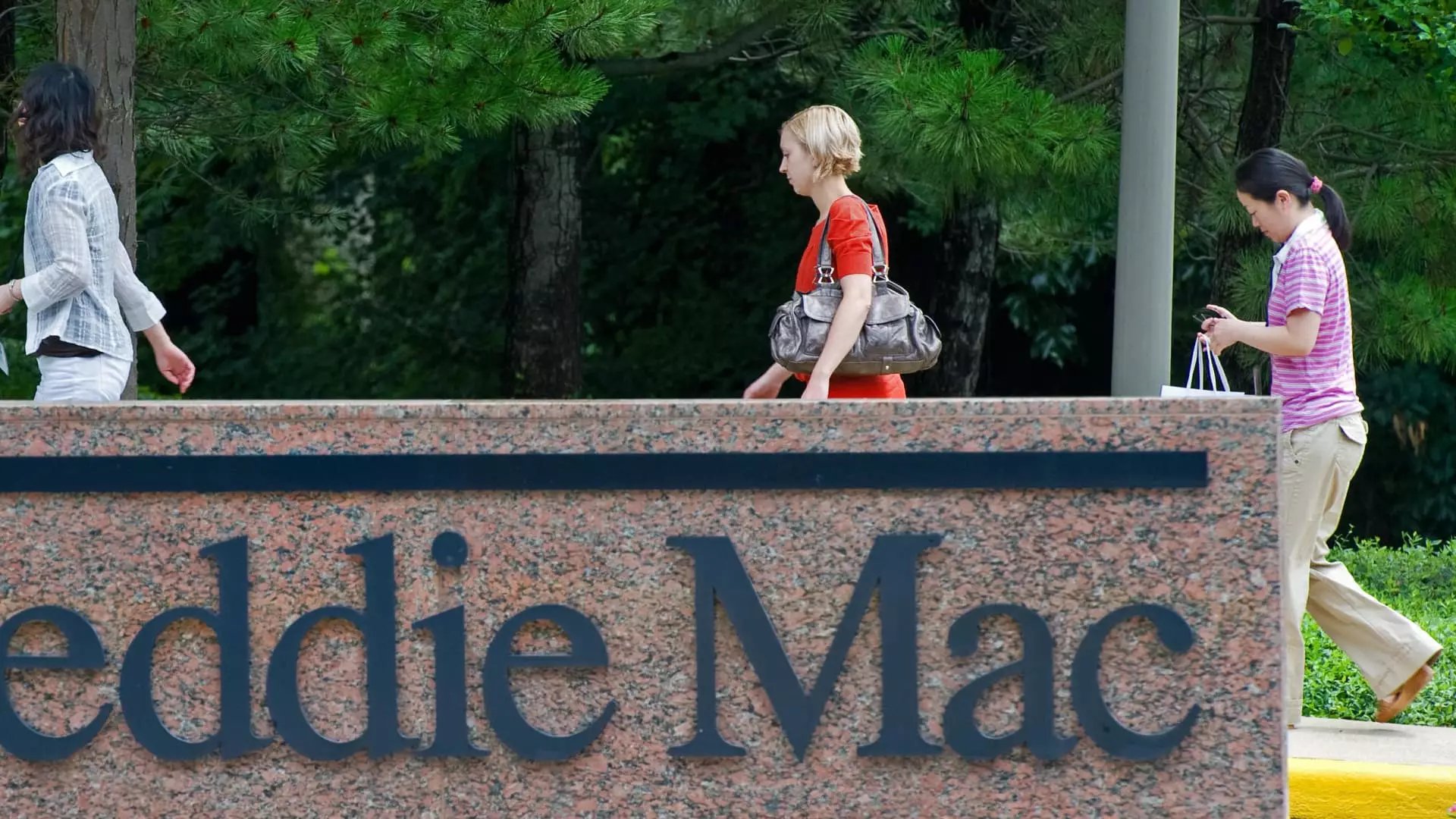The potential privatization of Fannie Mae and Freddie Mac, two colossal entities in the U.S. mortgage finance landscape, remains a contentious topic, spurred by discussions from the previous Trump administration and emerging conversations in the current political atmosphere. With the looming prospect of releasing these government-sponsored enterprises (GSEs) from their long-standing conservatorship, it’s essential to scrutinize the implications this move might hold for the housing market, mortgage rates, and financial stability.
Fannie Mae and Freddie Mac were created by Congress to promote homeownership and facilitate access to affordable mortgages. They back approximately 70% of the U.S. mortgage market by purchasing and guaranteeing home loans, which in turn provide liquidity and support for consumers aiming to secure financing for their properties. However, both institutions have been in government conservatorship since 2008, following near-collapse amid the financial crisis. This intervention was designed to stabilize the housing market and limit potential losses to taxpayers.
The conservatorship restricted their operations, mandating strict oversight and limiting profit retention. While this has effectively safeguarded taxpayer interests, critics argue it has also hampered Fannie Mae and Freddie Mac from functioning as robust, competitive entities within the private sector.
The Conversation Rekindled
Under the Trump administration, there were discussions about releasing these GSEs back into private hands to foster competitive dynamics in the mortgage market. In recent months, the dialogue has resurfaced, potentially signaling an openness to explore privatization again. This proposition, however, is fraught with complexities that extend beyond mere ideology.
Experts express concern over the myriad risks associated with this shift. Mark Zandi, chief economist at Moody’s Analytics, emphasized that the success of privatization hinges greatly on the government’s ongoing support for the institutions post-release. The delicate balance between governmental oversight and market autonomy is crucial, as reducing federal involvement could lead to significant fluctuations in mortgage rates, impacting both homebuyers and investors.
The transition away from government backing could trigger an increase in mortgage interest rates, as the perceived risk associated with investing in mortgage-backed securities heightens. Higher rates would subsequently escalate borrowing costs for homeowners, a scenario that could push potential buyers out of the market, particularly in an era where cash transactions have surged.
In 2024, a report noted a significant 26% of homebuyers opted for all-cash transactions, highlighting the increasing access to funds without reliance on traditional financing. While this might seem positive, it raises concerns over future accessibility for prospective homeowners who depend on loans, thereby broadening the divide between different socioeconomic groups. Zandi warns that the escalating borrowing costs would ultimately be detrimental for many, asserting that “it’s just a question of how much higher” rates could rise.
The logistics required for privatizing Fannie Mae and Freddie Mac would be substantial, involving multiple governmental bodies including the Treasury Department and the Federal Housing Finance Agency (FHFA). Experts caution against underestimating the intricacies involved in navigating these adjustments, as even well-intentioned efforts can hit unforeseen hurdles that compromise the overall intent. Susan Wachter, from The Wharton School, notes, “It’s not something you can do with one signature on one agreement.”
The presence of diverse stakeholders complicates the situation further. Proponents of privatization, such as those within the Trump administration and influential investors like Bill Ackman, tout the potential for substantial profits and reduced liabilities on the government’s balance sheet. Nevertheless, for every argument in favor of such a transition, robust counterpoints exist regarding the potential fallout on both market stability and broader economic health.
The challenge is not solely about the fate of Fannie Mae and Freddie Mac but rather the health of the entire housing market and, by extension, the economy at large. The specter of rising mortgage rates attributed to the GSEs’ privatization could dampen housing demand, leading to a cascading effect on values and, ultimately, on economic growth.
Zandi encapsulates the overarching sentiment of skepticism towards privatization, stating, “A release is a lose-lose for taxpayers, homebuyers, the housing market, the economy; everybody is worse off than the status quo.” This assertion reinforces the necessity for carefully weighing the benefits of privatization against the inherent risks it poses to millions of Americans reliant on manageable mortgage rates.
As the discussion around Fannie Mae and Freddie Mac continues to evolve, it’s vital to prioritize a balanced approach that considers the nuances of the housing finance system. The decisions made in the coming months will carry significant implications for both the housing market and the overall economy. Policymakers must strive to ensure that any steps taken are not only driven by profit incentives but are also considerate of the long-term impacts on accessibility, affordability, and stability in the housing sector for future generations. Balancing profits with public accountability will be the true test in navigating this complex terrain.

